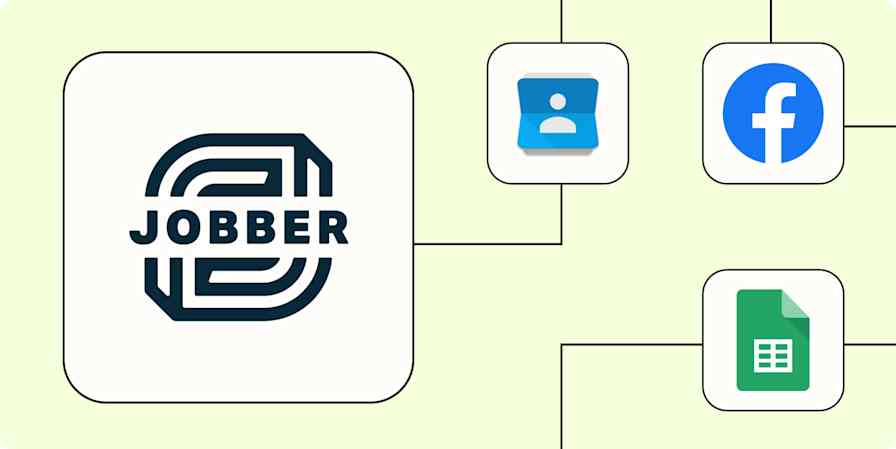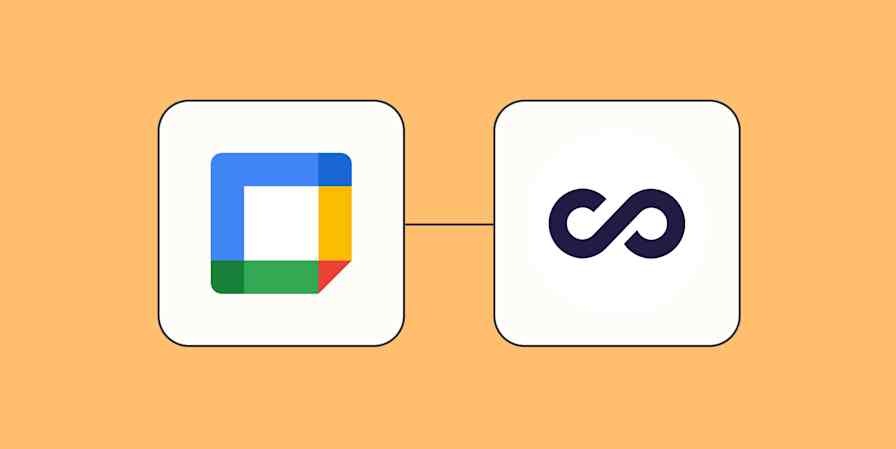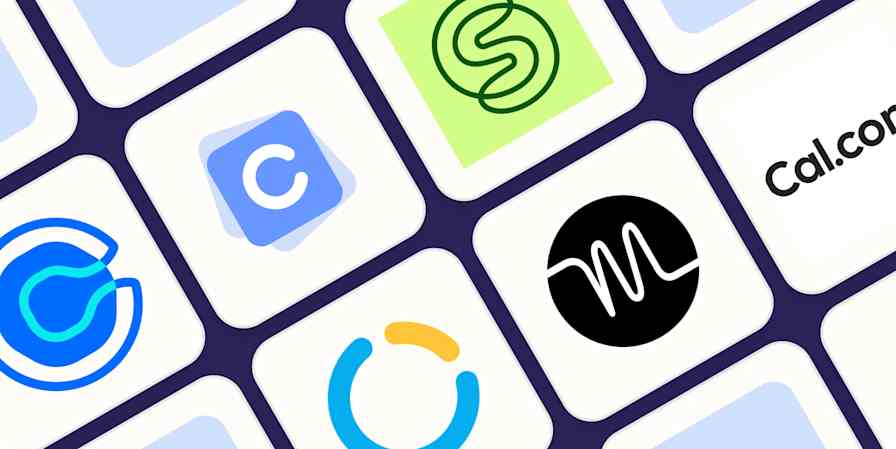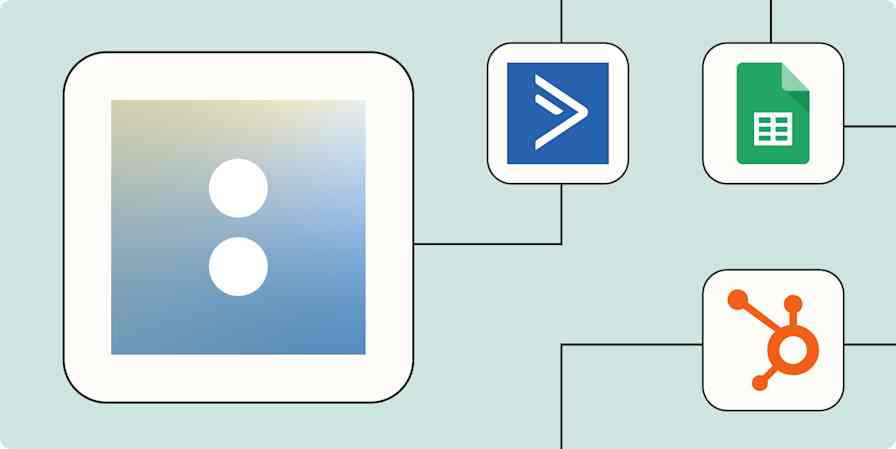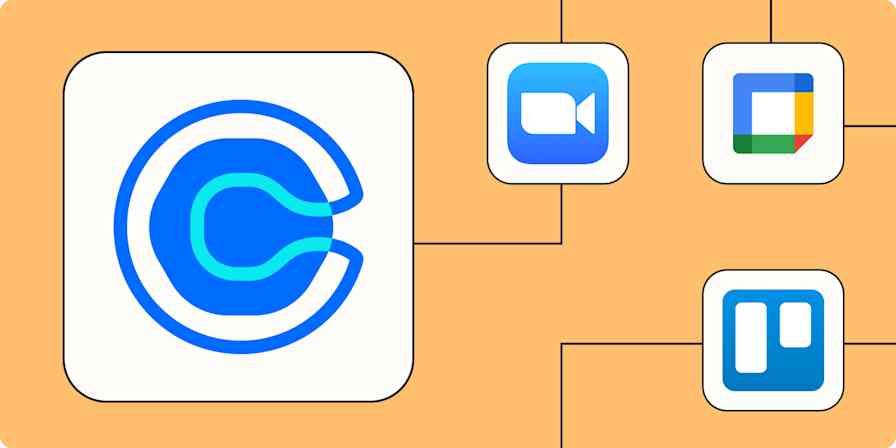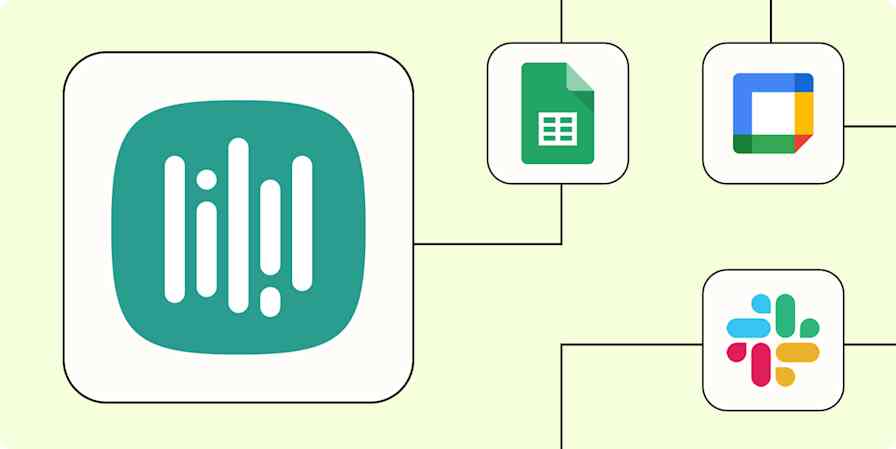App comparisons
7 min readTidyCal vs. Calendly: Which meeting scheduler is best?
By Ryan Kane · February 29, 2024
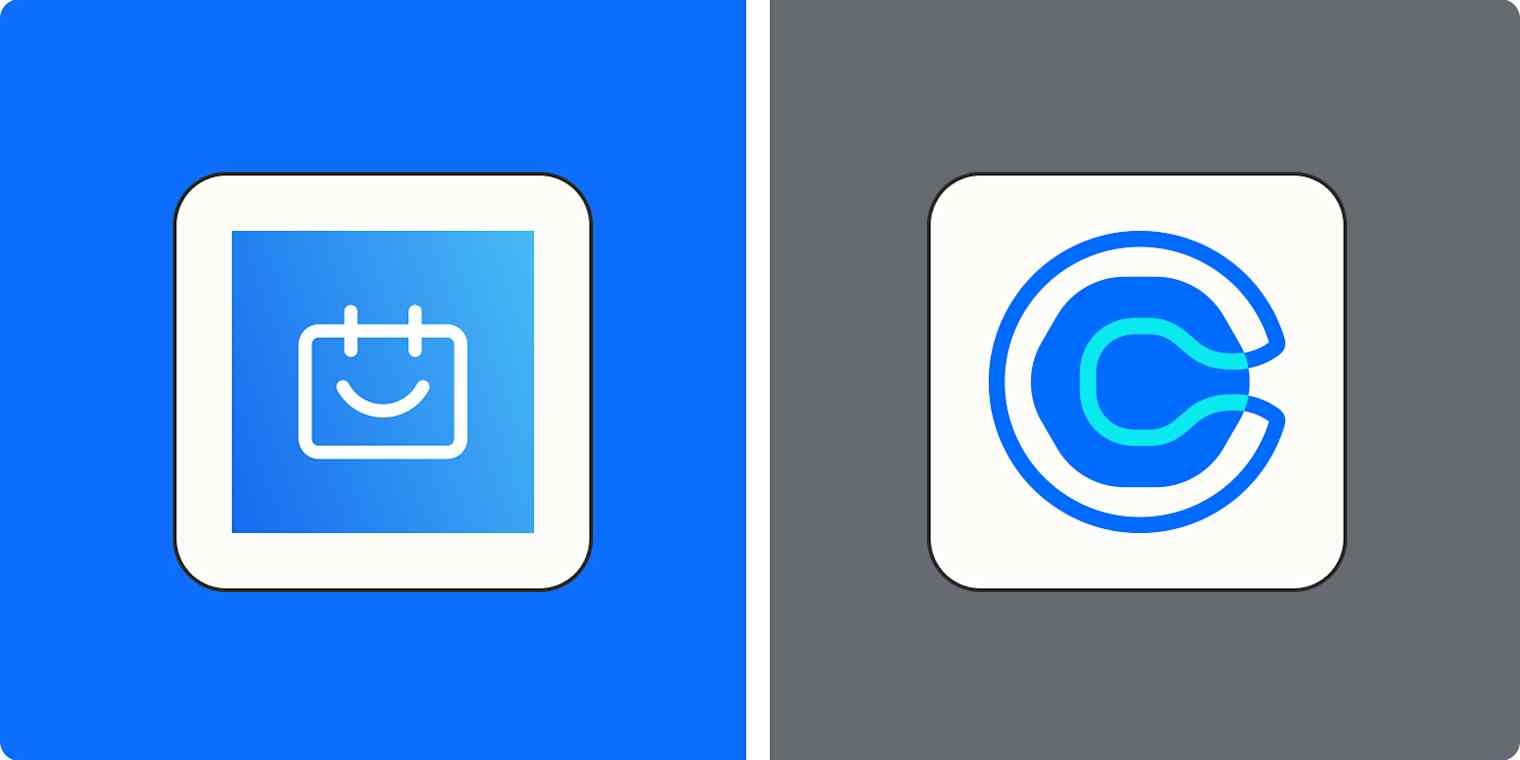
Get productivity tips delivered straight to your inbox
We’ll email you 1-3 times per week—and never share your information.
Related articles
Improve your productivity automatically. Use Zapier to get your apps working together.

